I have been looking forward to making this review ever since we got our hands on these Asetek Pagani Huayra R Sim Racing Pedals. Quite simply, they excite me.
It is not just the look of the pedals and the impression of quality that oozes from them, it is knowing the technology behind them and knowing Asetek’s growing reputation within the sim racing space.
Our good friend and everyone’s favourite iRacer Dave Cam uses Asetek pedals on his rig and strongly believes the Danish company have set the standard in this area. We tend to believe Dave, because he knows what he is talking about, but up until now, I have never had the pleasure of trying them out for myself.

The plan then was simple, I would break into Dave’s house, steal the pedals, and blame it all on Julie. However, before I got the chance to do this, Asetek themselves stepped in and sent us its brand new Pagani Huayra R Pedals.
I am telling you now, these are something truly special.
ASETEK AND PAGANI
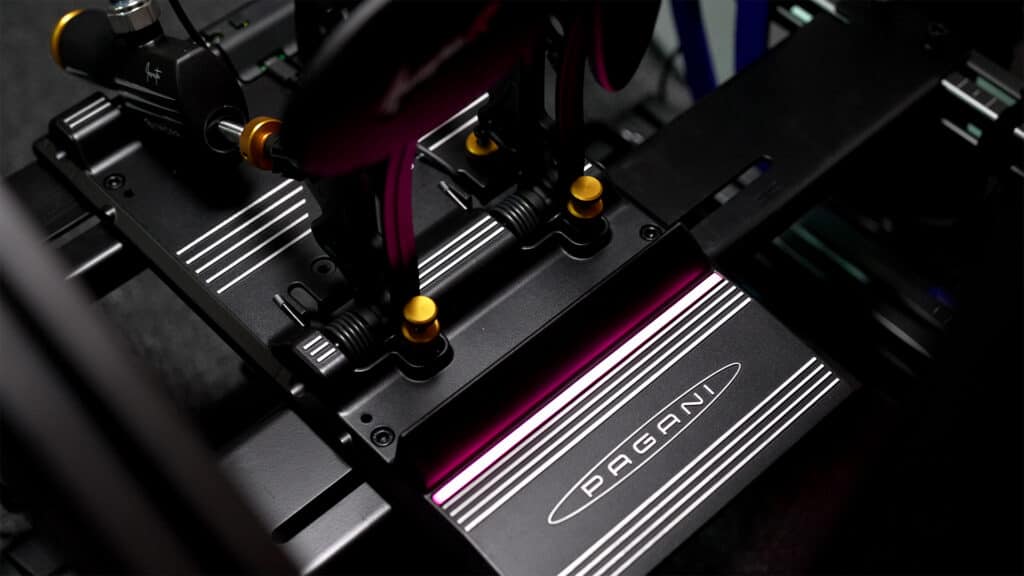
Based in Denmark, the company were initially known for inventing premium liquid cooling solutions for gaming PC’s. It has expanded over its 22-year history and now also develops greener cooling solutions for the likes of data centres.
Where does sim racing fall into this? Well, Asetek founder and CEO André Eriksen has always been into motorsport. His expertise in combining the worlds of mechanical engineering and electronics meant the company were successful from the off, is known primarily for its gaming PC cooling systems.
Given his skill set and passion for racing, it’s no real surprise that 21 years into their journey, back in 2021, they launched their very first sim racing product. It was a hydraulic pedal set called Invicta, which was followed soon after by the cheaper, load cell-based Forte pedals.
Now, Asetek has teamed up with Italian Supercar manufacturer Pagani for their third set. These are a full-scale replica of the pedals on the real Pagani Huayra R supercar, so are therefore as stylish as they are functional.
COSTS
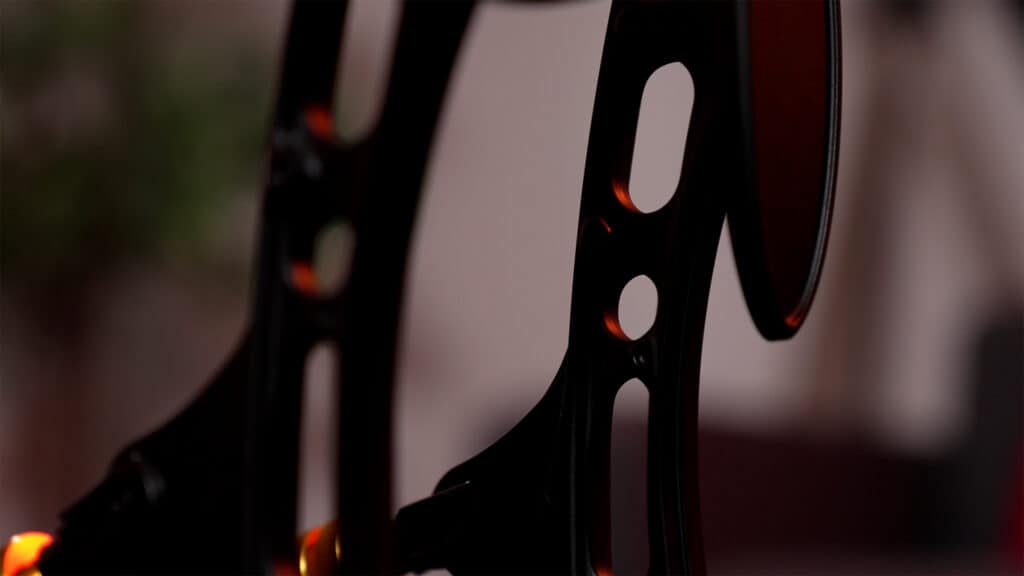
Being designed in conjunction with a premium, high-end supercar manufacturer, you may not be surprised to hear, that these pedals are, let’s say… premium offerings. They will set you back – deep breath – $1999 USD. It’s also worth noting at this point that these are just two pedals, you will need to fork out another 209 dollars for the one size fits all Invicta clutch should you want to add one.
Now many of us do not have that sort of disposable income lying about, but whether you do or don’t, you are going to want to watch this review anyway, because not only is this a test of these remarkable Huayra pedals, but it’s also a test of Asetek as a pedal producer.
The Invicta pedals, which are less than half the price, utilize a lot of the same technology, and according to trustworthy folk like Dave Cam, their entry-level Forte pedals are only a very small step down from the Invicta’s.
What I am saying is, that no matter whether these are affordable for you or not, they will give us an indication as to the capabilities of Asetek.
PACKAGING AND EXTRAS
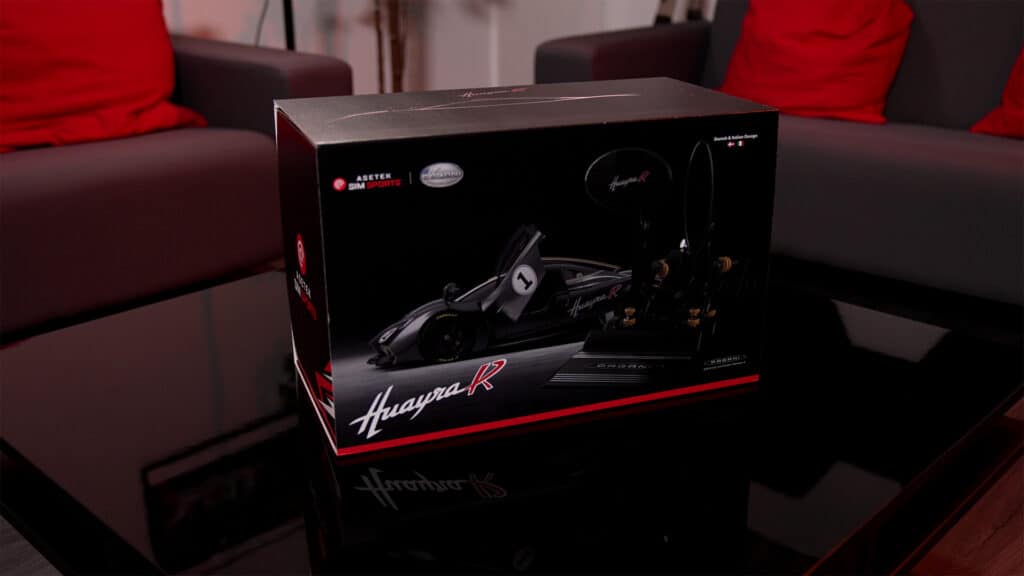
For something that costs this much, you’d hope you’ll get something that looks and feels the business. Asetek has indeed delivered a premium-as-anything visual spectacle of a product. To say these pedals are stylish is an understatement and a half.
This new set is a replica of the real thing when it comes to looks, appearing to be combined with the mechanical influence of the already-gorgeous existing Invicta pedals. While the unboxing experience is… eh… we’ll get to that, these pedals really do feel like the most premium of premium offerings.
The baseplate is solid aluminium, Pagani branded, and even has a tasteful RGB strip, because it’s how we gamers do things.The pedals frames and plates are also metal in construction, the brake specifically having a grippy mould that mimics the Pagani Huayra R’s real-world counterpart.
There is a little wobble on the T.H.O.R.P. hydraulic housing, and while the USB C port faces towards the driver to save it from being snapped off by someone walking behind your sim, the exposed green PCB doesn’t exactly scream ‘crème de la crème’ sim racing peripherals.
Furthermore, for a pedal set that costs $2,000, it’s quite a plain experience. The artwork is nice, and nothing was rolling around in transit, but once you open it up, it’s just cardboard. From an environmental perspective, brilliant!
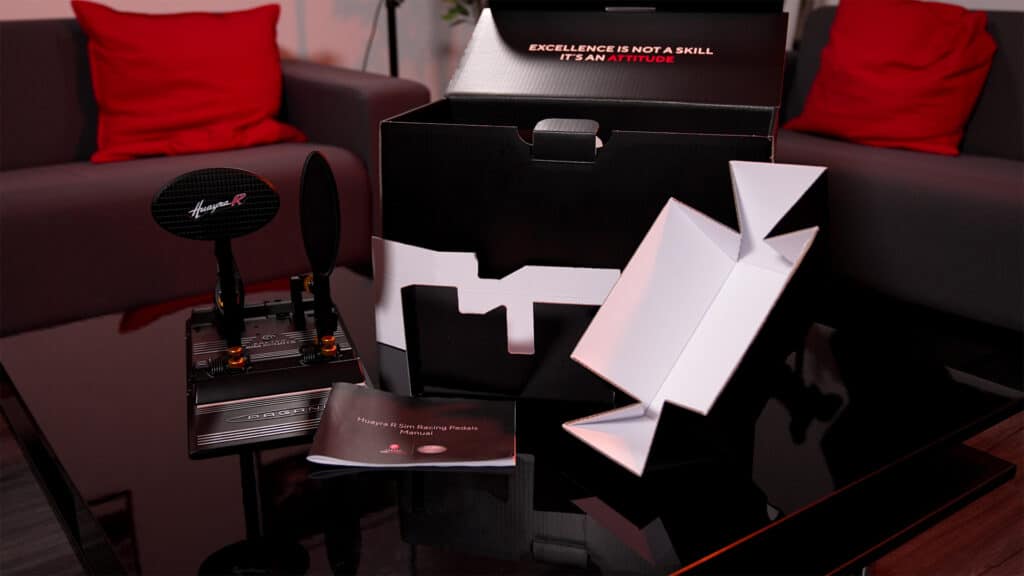
You can recycle the whole lot without issue if you’re happy throwing the box away. If you were expecting these $2000 pedals to be completely surrounded by bomb-proof, NASA-tested foam, however, you’re not in luck.
Remember when you could buy sports car-themed laptops back in the mid-2000s that went completely overboard with their packaging experience? I know it’s now 2022, but that ship has firmly sailed for Asetek.
However, you do get a t-shirt and a pair of racing gloves. Definitely a neat little addition, but for the $1200 extra you’ll be paying for what is essentially Pagani-branded Invicta’s, you’d almost expect that little bit more if I’m being particularly picky.
Something I do need to praise on this front is the user manual that’s included. This has guides for maintenance and assembly (the pedals were easy to mount on the rig by the way), as well as clear and passionate descriptions of how everything works and why it has been done the way it has been.
Every possible adjustment is explained clearly and I found myself engrossed in the contents, not something I often say about a user manual. The passion, then, is clear for all to see, but it’s about time we talk about the main act, how do they actually perform?
HOW THEY PERFORM
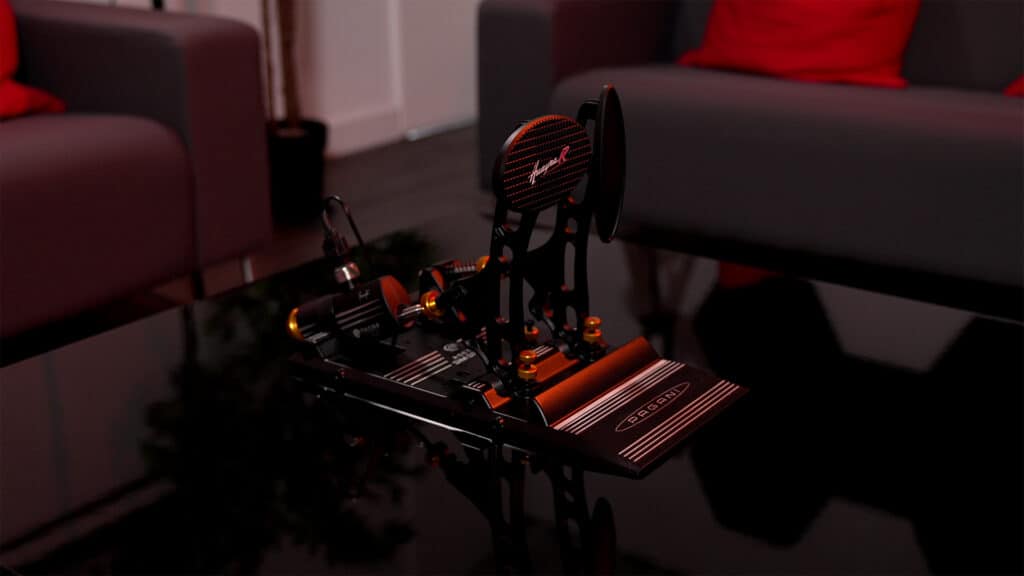
I’ll start with the throttle because normally, there wouldn’t be too much to say. On this occasion, however, attention to detail and adjustability are early indications of what’s to come.
You can change the angle of the pedal, the travel distance, the spring and even the preload, meaning that even a simple throttle pedal can be tailored to suit your needs.
The tall and narrow plate feels nice under foot too. Throttle maps can also be changed through their own software, but we will cover that later.
The braking is of course the most important aspect with pedals like these, and this one delivers superb control. Asetek’s 2-stage Twin Hydraulic Opposing Rapid Piston system, or T.H.O.R.P for short, appears to be the same system used on the Invicta brake pedal and creates an exceedingly realistic race car braking experience.

I will try and keep this brief, but the two stages Asetek refer to are the soft stage and the hard stage. The soft stage is when you are lightly pressing the pedal and in real life, this would amount to building up the hydraulic pressure.
Asetek has used a slave cylinder and elastomer combination to try and simulate this effect, allowing a little bit of travel before you reach a mechanical stop. At this moment, stage two kicks in and you find yourself in the hard stage of the braking phase.
This is when the hydraulic pressure comes into play, working in the same way as a real car to give you an entirely solid brake pedal. The consistent feeling allows you to modulate your braking deliberately and confidently, without having to worry about what it might do. Judging your braking distances becomes a process of decision-making and muscle memory, rather than a guessing game.
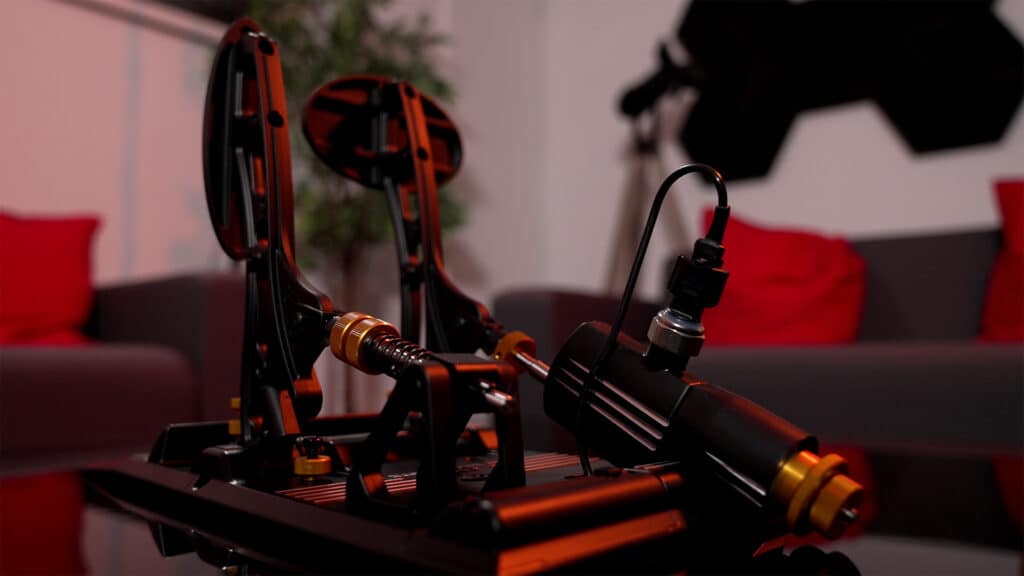
These pedals are not a toy, and the stiff hydraulic set-up certainly won’t suit everybody. There is a reason Professional racing drivers are athletes after all… These pedals can register hydraulic pressure up to 100 bar, which equates to over 180kg.
There are a lot of adjustments you can make however to optimise things for you personally. You can easily change the elastomer from the pre-fitted medium option to a softer or stiffer version if you want a different feeling during the initial phase of braking.
You can adjust the preload, and the angle of the pedal much like the throttle. And then there is Asetek’s very own Race Hub software…
RACE HUB SOFTWARE

This is super simple to use but has a major impact on your experience. As it stands there are three sections. One is simply to adjust the LED Strip colour and brightness. The other two affect the behaviour of the pedals directly and are well worth looking at before taking to the circuit.
Map adjustments allow you to influence the rate of change as you apply more pressure to both the brake and accelerator, so you can either have a straightforward linear set-up or something completely bespoke to suit your needs. Even switching this for different cars or sims can be worthwhile at times.
Then we have the calibration section, probably the most important of all. You can not only adjust dead zones for both pedals but also recalibrate the amount of pressure needed to reach 100 per cent. You can treat this like a carnival punchbag, trying to reach 100 bar, but you will probably break your seat before you get there…
Using this can help you find your own sweet spot, where you can comfortably reach 75 per cent pressure and then be able to find those extra margins should you need them. This is what really makes the difference and makes these Asetek’s stand out.
BRAKING BENEFITS
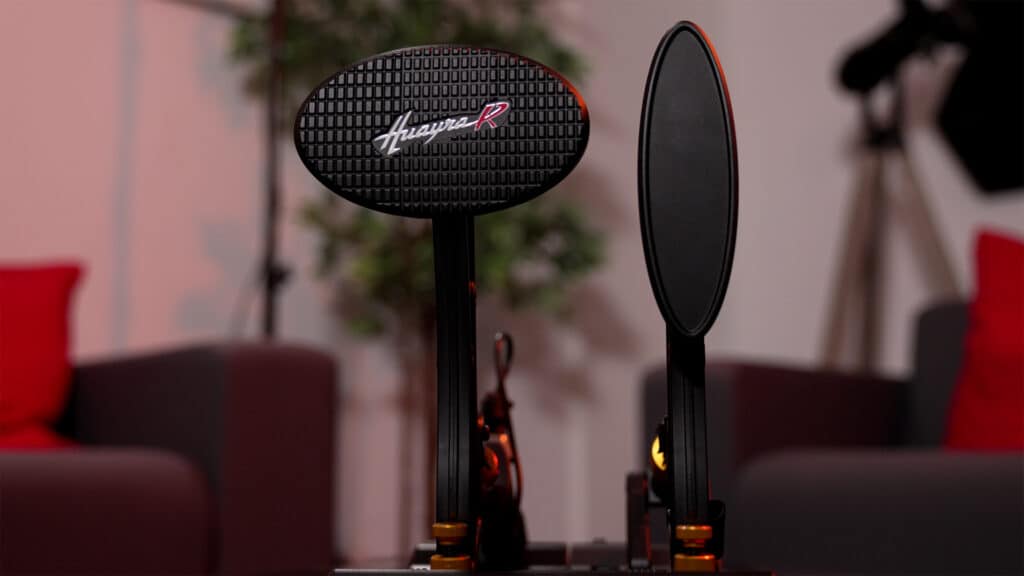
I tested these pedals on a number of different sims, and it was iRacing specifically that really highlighted the difference between these pedals and an entry-level load cell alternative. Normally, it Is very easy to lock up on iRacing in cars that don’t have ABS. Single seaters, V8 Supercars, Porsche Cup Cars, Radicals etc.
I normally struggle to get up to speed with these cars and find myself guessing how hard to press the brake in order to avoid a lock-up. I am trying to mentally adjust my level of pressure based on what I am hoping will be the optimum pressure application.
With these pedals, the stiffness gives you so much more control and awareness of how hard you need to press in order to avoid these lock-ups. I found myself actively modulating precisely to find the perfect spot rather than guessing and hoping. They were hugely confidence-inspiring.
CONCLUSIONS
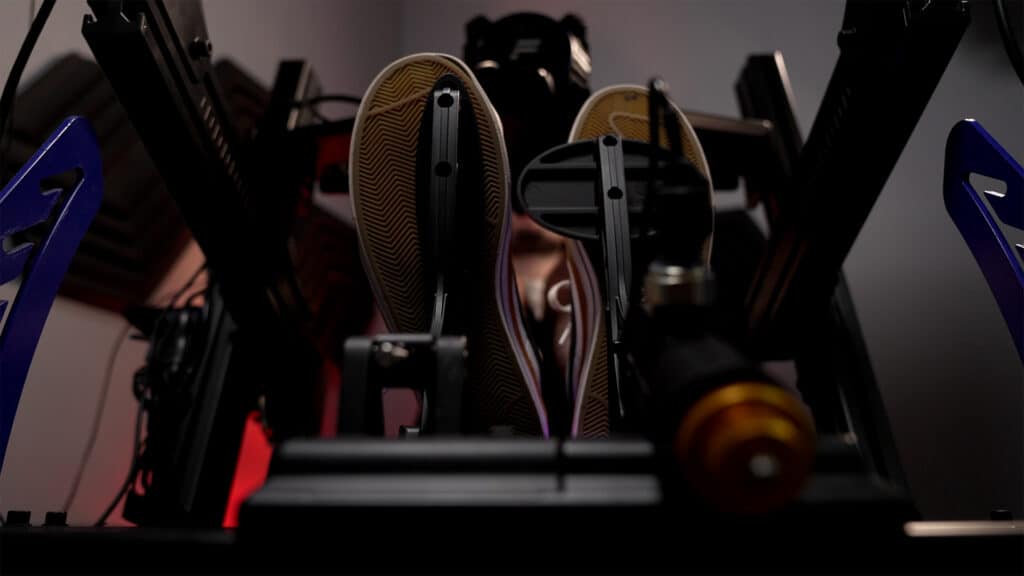
At this stage then, it’s blatantly obvious that these are a spectacular set of pedals that many of us would dream of owning. It’s not a dream that’s going to come true for most, but I can’t speak highly enough about them as a product.
The important thing for me, is that the quality and passion that’s been so clearly poured into these pedals tell me what Asetek are all about as a brand. Having never tried their alternative options, Invicta or Forte, I can believe what Dave and others are saying about them based on my experience here.
Buying these Huayra R pedals over the Invicta’s would likely be a heart-over-head decision, but buying Asetek at all would be both. If you can pick these up and you want to… Why not?
Asetek Pagani Huayra R Pedals fast-facts
- Pedal arms and footplates based on the real-world Pagani Huayra R track car
- Twin Hydraulic Opposing Rapid Piston (T.H.O.R.P.TM) brake system
- Pagani tailored RaceHub software
- Configurable ARGB lighting
- €1,680.00 excluding VAT ($1,999.000 excluding sales tax when available for sale in the U.S.)
- Available by Asetek, but also through Pagani’s channels to its customers
Reviewed using the Next Level Racing F-GT Elite iRacing Edition cockpit and Fanatec DD Pro Wheel Base. Find out more about the Asetek Pagani Huayra Pedals.
Full disclosure: The Asetek Pagani Huayra R Pedals were provided by the manufacturer for review purposes. Here is our review policy.
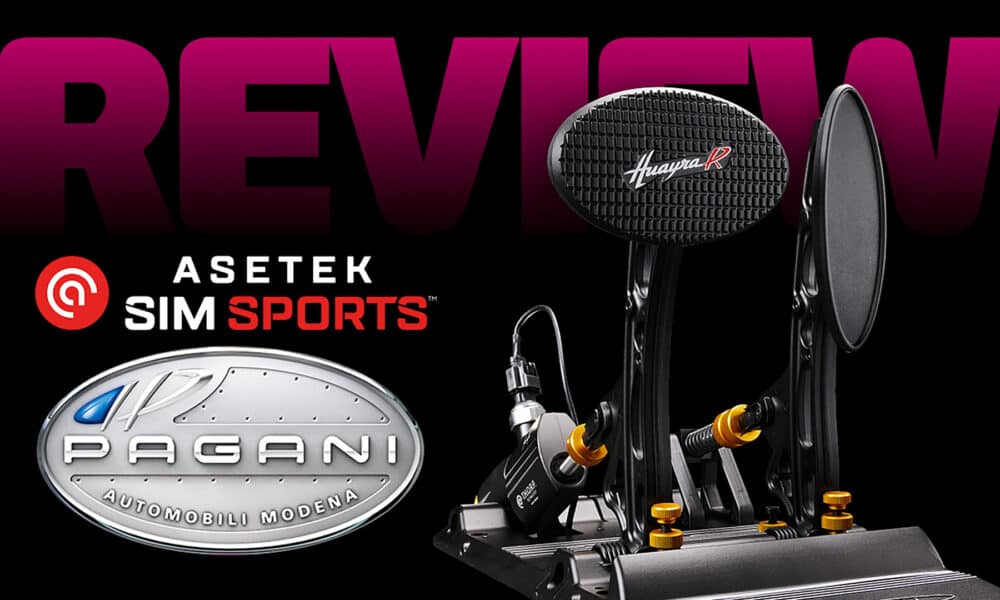




Chat with the Community
Sign Up To CommentIt's completely Free